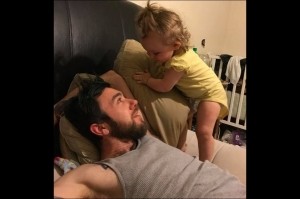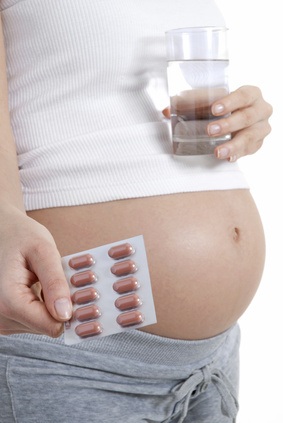Are Children Taken Away from Parents Using Drugs Better Off in Foster Care?
Drug addiction and the opioid crisis are big news. It seems that policy makers and legislators on just about every level are discussing the problem and what to do about it. Certainly, child welfare agencies have been quick to jump on the bandwagon, removing children from their families at the mere mention of the word "drugs." Richard Wexler is the executive director of the National Coalition for Child Protection Reform. He argues that the issue of drug usage is not so black-and-white, and he criticizes "child welfare’s typical, knee-jerk take-the-child-and-run response to the opioid epidemic." Wexler recently wrote an article, "Child Welfare Policy Around Opioids Driven By Ignorance and Arrogance," for Youth Today, in which he examines a "research brief" published in March 2018, by the U.S. Department of Health and Human Services, which looked at parental substance abuse and children being taken by Child Protective Services. Wexler was not impressed by the methodology or conclusion of the HHS brief, and calls the child welfare policies "enormously dangerous to children." Wexler writes: "Indeed, the most important takeaway from the research brief is that child welfare policy on this issue lives at the intersection of ignorance and arrogance and that is enormously dangerous to children. The alternative to leaving children with parents who have substance abuse issues — foster care — usually is far worse for the children. This is not just the case for foster children in general. Research from the last great 'drug plague,' crack cocaine, found that even infants born with cocaine in their systems typically developed better when left with birth mothers able to care for them than they did when placed in foster care." This is a point that we have stated many times at Health Impact News - that children who are placed into foster care are at least 6 times more likely to be abused, raped, molested, or killed in foster care than they are if left in their own home, even in a troubled home, such as a home where the parent is a drug user. By removing children from parents who have drug issues, social workers are more often than not taking children out of the frying pan and throwing them into the fire. Many of the children taken from their homes end up being trafficked into the child sex trafficking trade. Social workers, judges, GALs, and society at large must reexamine CPS "protection." At what cost are these children being "protected?"






